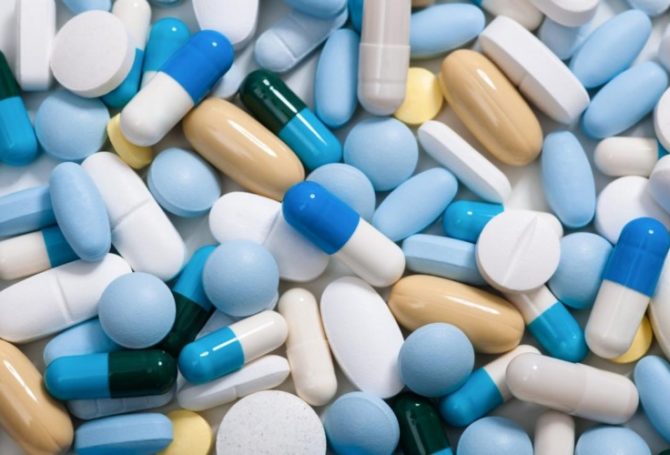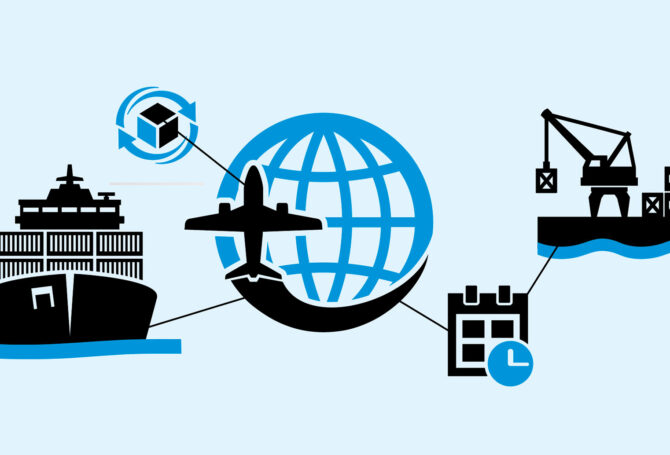
The rapid development and deployment of effective COVID-19 vaccines is justifiably lauded. A similar effort may be needed to ensure an adequate global supply of antimicrobial drugs and vaccines to combat new strains of infectious superbugs.
Antimicrobial drugs treat infections caused by microbes such as strep throat, pink eye and bronchitis, as opposed to viral infections such as colds or flu. Antibiotics are antimicrobial agents that attack specific bacteria. The challenge lies in lagging investment in new antibiotics and emerging supply chain shortages for older, generic antimicrobials. The combination creates an exposure with the potential to spark another pandemic.
COVID-19 drugs and vaccines were developed with unprecedented speed. A new approach to developing vaccines, huge investment in researching multiple vaccine candidates, scientific and corporate cooperation, accelerated regulatory approval and investment in production capacity all contributed to the amazing COVID-19 success story. That is not happening with antibiotics.
Most large pharmaceutical companies have abandoned the antibiotic market because it isn’t as profitable as other drugs and vaccines. The task of developing new antibiotics has fallen to smaller pharmaceutical companies, which don’t always have deep pockets to get new drugs and vaccines from research to market. And, the initial market for these new drugs is often small, which forces higher prices that, in turn, can discourage doctors and patients from using them.
At the other end of the spectrum, older, generic antimicrobials can chronically be in short supply because their typically lower price point doesn’t provide the margin to incent drugmakers to invest in expanded production capacity. Short supply inevitably leads to unequal global distribution. There also is the issue of new superbugs rendering old formulas ineffective.

Meanwhile, bacteria are evolving, developing armor to resist existing antibiotic drugs.
It doesn’t take much imagination to project a scenario where a new bacterial infection starts spreading aggressively, requiring a new drug to combat it or outstripping the existing capacity to produce it. While no one could have predicted the severity of the COVID-19 infection, a potential pandemic from an out-of-control bacterial infection is highly predictable.
A number of scientific papers have been written about the looming threat. A 2019 University of Pittsburgh School of Medicine study concluded, “The health care market is failing to support new antibiotics used to treat some of the world’s most dangerous, drug-resistant ‘superbugs’”.
Analyzing nationwide prescription data, researchers found “current annual US sales of new antibiotics to treat carbapenem-resistant Enterobacteriaceae (CRE), one of the world’s most insidious drug-resistant bacteria, is about $101 million annually – significantly short of the $1 billion believed to be necessary to assure the financial viability of a new antibiotic. Even if new anti-CRE agents were used as widely as possible to treat CRE infections, the projected market size is only $289 million.”
“New drugs against CRE address a major, previously unmet medical need and are critical to save lives. If the market can’t support them, then that is a chilling commentary on the future of antibiotic development,” said lead author Cornelius J. Clancy, M.D.
The health care market is failing to support new antibiotics used to treat some of the world’s most dangerous, drug-resistant ‘superbugs’
Even having more new antibiotics come to market can have an unintended negative impact. “The prudent approach when fighting bacteria is to have multiple treatment options in the pipeline so that when resistance is inevitably developed to the current drug, a new antibiotic is waiting in the wings,” said senior author M. Hong Nguyen, M.D. “But we found that market prospects will become even more daunting if more anti-CRE drugs are approved, which is bad news for infectious disease physicians and, more importantly, our patients.” There is also a problem of clinical adoption of new antibiotics that would ensure market viability.
The rapid, condensed development of COVID-19 vaccines may offer a blueprint for addressing antimicrobials. Vaccines ordinarily take up to 10 years to develop, test and bring to market. The length of time is directly related to cost-mitigation. Initial research includes identifying multiple candidates, which are whittled down based on pre-clinical testing and finally by clinical testing, first for safety, then efficacy. Next comes regulatory review and approval, followed by manufacturing, marketing and delivery.
Investing at critical intersections of the development and production process for a vaccine can make a huge difference. Scientific and corporate collaboration as well as regulatory agency engagement also are useful. Most important, authorities must declare antimicrobial drugs and vaccines as essential medicines and the work to develop, test and manufacture them a national or even international priority.
Warning signs abound. Antimicrobial drug and vaccine shortages have become more common, affecting not only the treatment of individuals, but also impacting community public health. A government-industry partnership will likely be necessary for success, as it was for the COVID-19 vaccine, to maintain a steady stream of research, testing and production.
The place to start is identifying this as a problem, as the Biden administration and Congress have done with the global semiconductor shortage and supply chain concentration overseas. It would be a shame to go through months of isolation and fears of serious illness only to ignore a looming challenge with similar potential to cause widespread harm.




